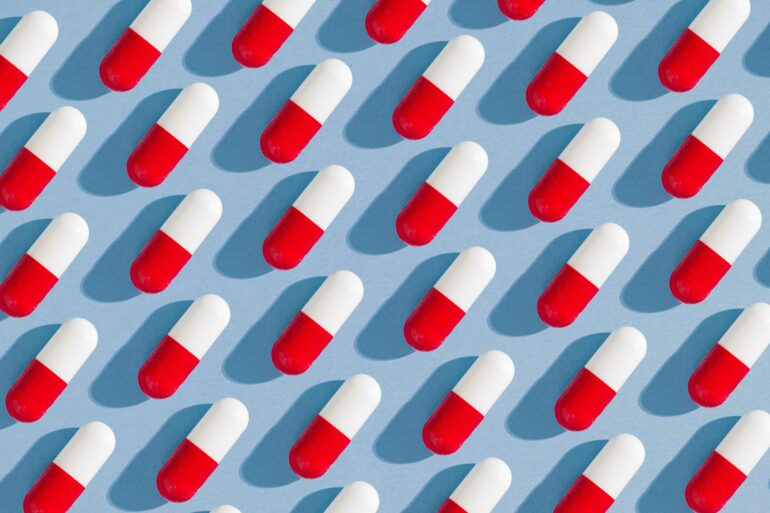Pandemics and disease outbreaks put a spotlight on the hurdles researchers face to get a drug on the shelves. From finding prospective drug candidates to balancing time and financial pressures with ensuring safety and efficacy, there are many aspects of drug development that determine whether a treatment ever makes it out of the lab.
Broadening the definition of “medicine” and where it can be found, however, could help expand the therapeutic options available for both researchers and patients.
Here are four facets of how drugs are developed and how they work in the body, drawn from stories in The Conversation’s archive.
1. Matching drug to target
The most effective drugs are, in a sense, the product of good matchmaking – they bind to a specific disease-causing receptor in the body, elicit a desired effect and ideally ignore healthy parts of the body.
Factors such as your age, genetics and diet can affect how well your body processes a drug.
Drugs travel through the bloodstream to reach their targets. Because of this, most drugs circulate throughout the body and can bind to unintended sites, potentially causing undesired side effects.
Researchers can increase the precision and effectiveness of a drug by designing different ways to take it. An inhaler, for example, delivers a drug directly to the lungs without its having to travel through the rest of the body to get there.
Whether patients take drugs as prescribed is also essential to ensuring the right dose gets to where it needs to be often enough to have a desired effect. “Even with all the science that goes into understanding a disease well enough to develop an effective drug, it is often up to the patient to make it all work as designed,” writes pharmaceutical scientist Tom Anchordoquy of the University of Colorado Anschutz.
À lire aussi :
How do drugs know where to go in the body? A pharmaceutical scientist explains why some medications are swallowed while others are injected
2. Searching for drug candidates
Researchers have discovered a number of drugs by chance, including penicillin for bacterial infections, vaccines for smallpox and warfarin for blood clots. While serendipity still plays a role in modern drug discovery, most drug developers take a systematic approach.
Scientists typically start by identifying a particular molecular target, usually receptors that trigger a specific response in the body. Then, they look for chemical compounds that react with that target. Technology called high-throughput screening allows researchers to quickly test thousands of potential drug candidates at once. Compounds that match screening criteria advance to further development and refinement. Once optimized for their intended use, compounds go on to safety and efficacy testing in animals and people.
…
